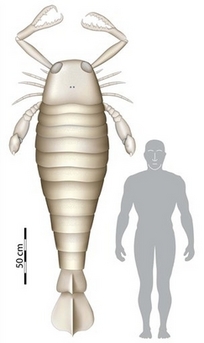Malaria is a disease caused by several blood-dwelling protozoans, of the Plasmodium genera. Humans are generally infected by Plasmodium falciparum and Plasmodium vivax, and sometimes Plasmodium ovale, Plasmodium malariae, and Plasmodium knowlesi. Transmitted by Anopheles mosquitoes, it is among the most common of mosquito-borne diseases and ravages much of the world still, despite near eradication in the US and Europe. During part of its life cycle, Plasmodium reproduces in Red Blood Cells, eventually destroying the cells. This step in the infection process is where a form of resistance has been selected for. Sickle Cell is a genetic condition in which red blood cells that are infected with Plasmodium shrivel into a sickle shape, causing the cell to be destroyed and the parasite to be unable to complete its life cycle. One unfortunate side effect with the Sickle Cell genetics is that if you are homozygous for the Sickle Cell gene (that is, you inherited a copy from both your mother and your father) you instead develop Sickle Cell Anemia, a disease that causes your blood turn into the sickle shape during any physical activity. Heterozygous individuals have an advantage, but due to the high disadvantage of homozygous sickle individuals the population does not become fixed for either allele. Therefore, Sickle Cell has become a poster child for Heterozygous Advantage.
What usually isn’t reported in all of this is there are other alleles that can cause Malaria resistance. One such allele is called C or HbC. HbC is resistant to Plasmodium and also does not cause anemia if it is homozygous in an individual. However, an individual who is heterozygous for HbC and Sickle Cell trait does develop anemia, but not as severe as a homozygous sickle cell individual. HbC’s advantage in not having heterozygous anemia is railroaded by the interaction with the sickle cell trait. The main factor preventing HbC from fixing in populations affected by malaria is that the sickle cell trait evolved much earlier and became well established in the population. Then, when new individuals arrived with the HbC trait, they do not have the population size to overcome the heterozygous disadvantage an HbC/Sickle Cell individual would have. Another similar allele is HbE which has much the same story.



